A groundbreaking study has shown that ALS may actually be an autoimmune disease.
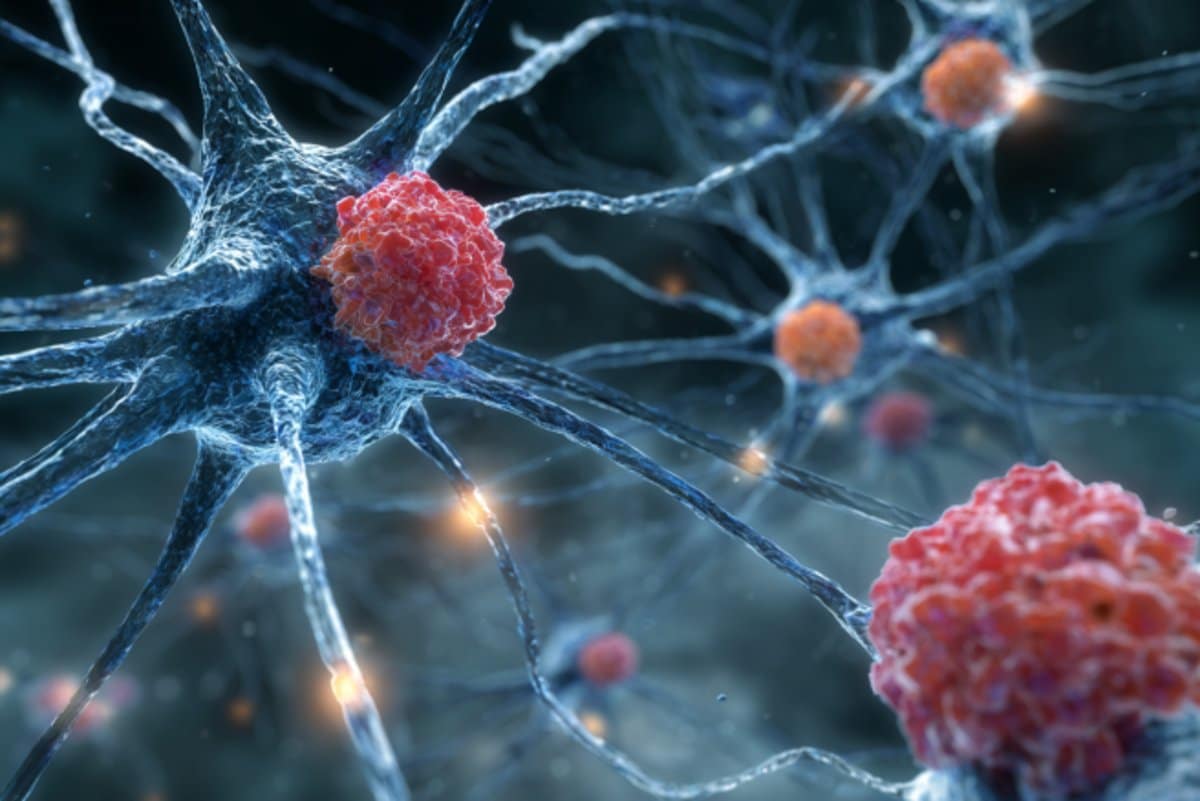

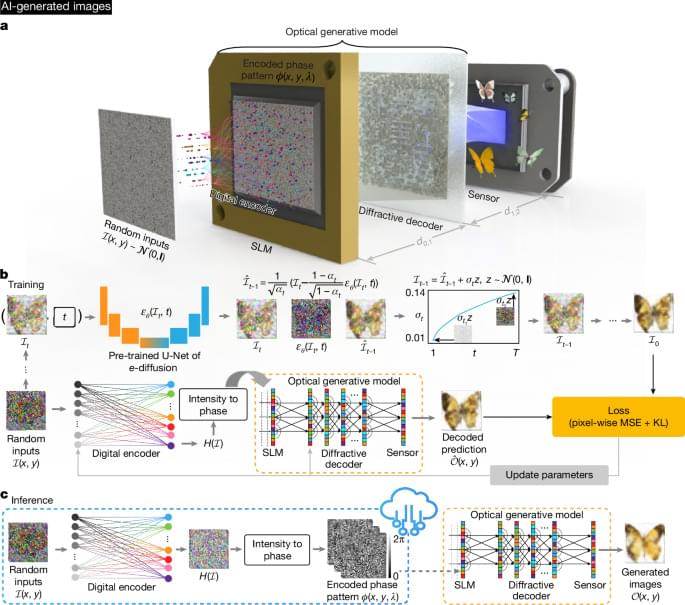

Astronomers have identified an enormous “growth spurt” in a so-called rogue planet. Unlike the planets in our solar system, these objects do not orbit stars, free-floating on their own instead. The new observations, made with the European Southern Observatory’s Very Large Telescope (ESO’s VLT), reveal that this free-floating planet is eating up gas and dust from its surroundings at a rate of six billion tons a second. This is the strongest growth rate ever recorded for a rogue planet, or a planet of any kind, providing valuable insights into how they form and grow.

For the first time, a research team from the Senckenberg Center for Human Evolution and Paleoenvironment at the University of Tübingen and the Schöningen Research Center have reconstructed the genomes of an extinct horse species, Equus mosbachensis, from the archaeological site of Schöningen in Lower Saxony, which is approximately 300,000 years old.
Thanks to exceptionally favorable preservation conditions, the researchers were able to identify the oldest DNA yet discovered from an open-air site. Their analyses show that the Schöningen horses belong to a lineage that is considered to be the origin of all modern horses. The study is published in the journal Nature Ecology & Evolution.
Domestic and wild horses, donkeys and zebras all belong to the sole genus of the family Equidae still in existence today. But a look into the fossil record shows that more than 35 different genera and hundreds of now extinct equine species occurred throughout the past.
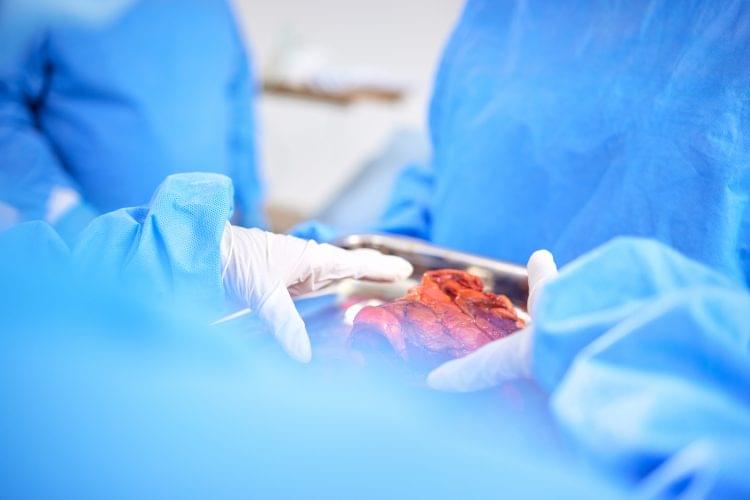
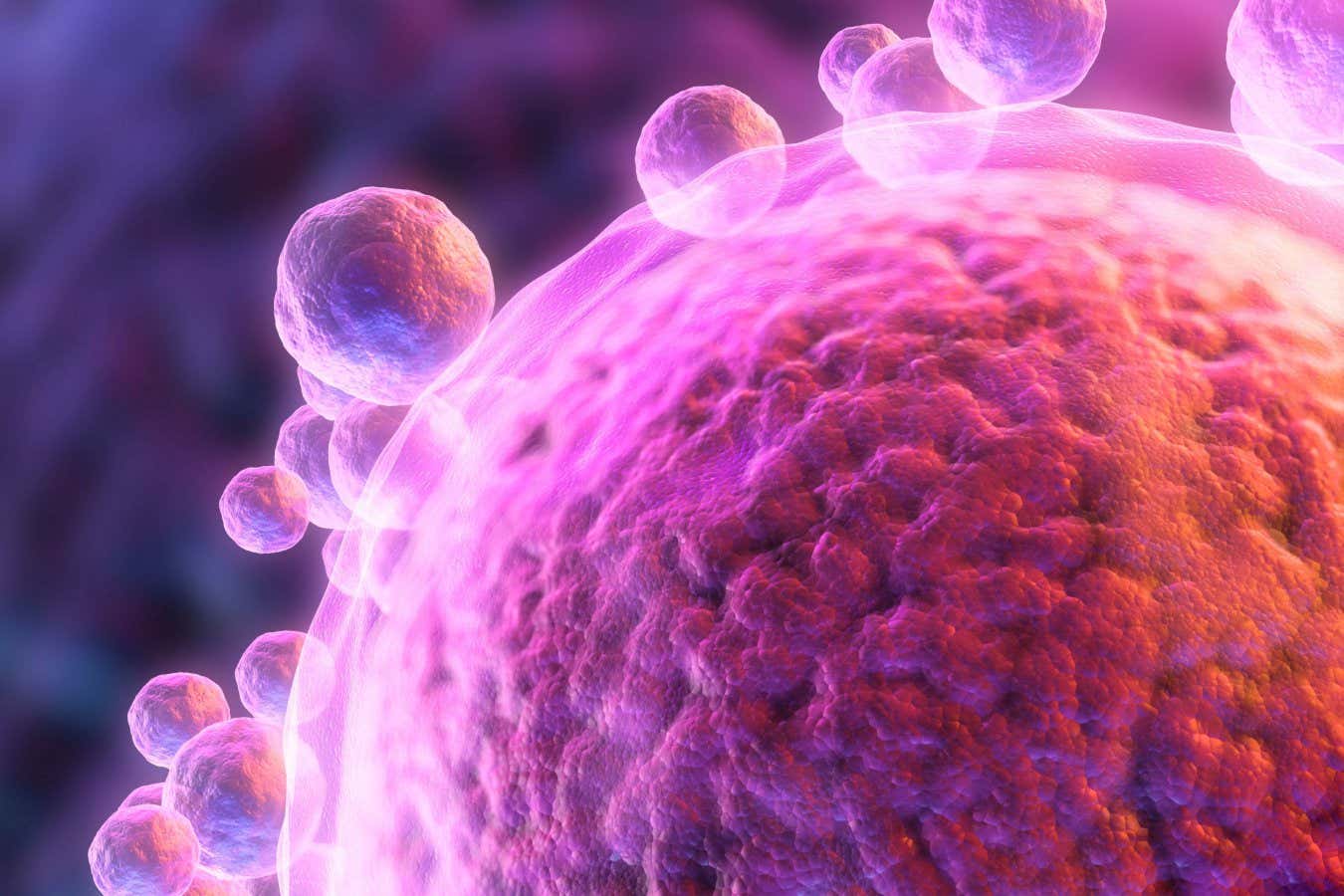
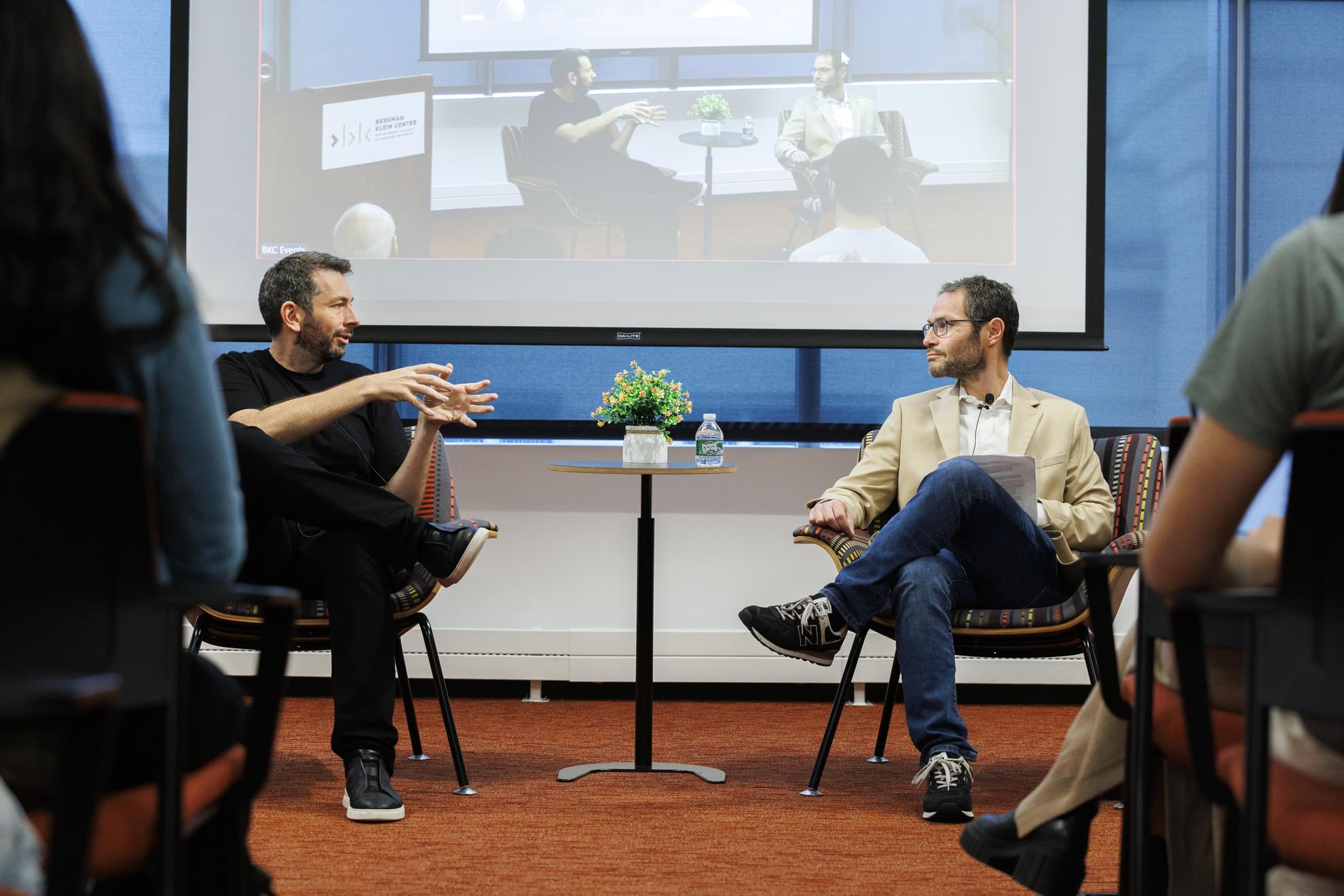
SCP 22, known as The Morgue, is one of the most chilling and mysterious anomalies in the SCP Foundation archives. A simple hospital basement in Great Britain became the stage for an impossible phenomenon: cadavers rising without life, objects vanishing into nowhere, and a morgue that behaves less like a room and more like a machine.
In this speculative science deep dive, we explore SCP 22 through the lenses of biology, physics, and consciousness. Could these reanimated cadavers be powered by quantum vacuum energy? Is the morgue recycling entropy across dimensions? Or is it a misunderstood mechanism that uses humans as raw material for unknown purposes?
This essay-video blends science, philosophy, and horror to uncover the enigma of SCP 022.
If you enjoyed this video, leave a comment with your theory, subscribe for more speculative science essays, and share it with anyone who loves the SCP universe.

Gemini Robotics 1.5 can use digital tools to solve tasks. For example, if a robot was asked, Based on my location, can you sort these objects into the corre…